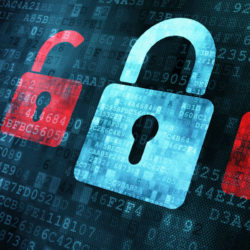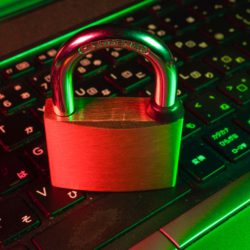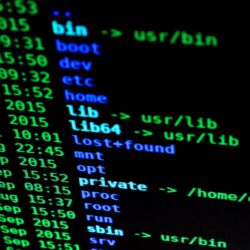Cyber scams like phishing trick people into disclosing personal information or downloading malware that can then result in bad actors using these stolen identities for fraudulent activities that cost companies and individuals billions of dollars annually. To stay safe, it’s important to …
[Read more...] about Phishing Attacks Surge By 173% In Q3, 2023




